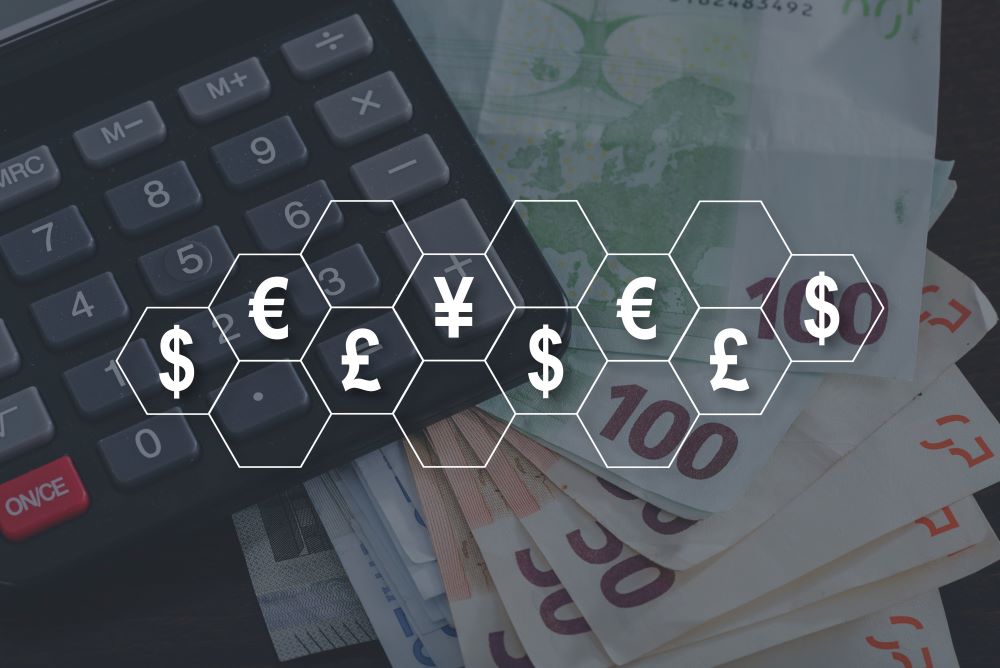
Sponsored content from Bibby Financial Services
The pound started last week brightly having opened at US$1.385 and €1.158 before quickly rising in value throughout Monday and Tuesday, rising to highs of over $1.40 and up to €1.164.
This was largely caused by better-than-expected jobs data on Tuesday which showed the unemployment rate forecast at 4.9%. Analysts had predicted it would be 5.1%.
However, reports that the UK government was forced to borrow a peacetime record of £303bn to combat Covid-19 in the first full financial year of the pandemic prevented Sterling from further gains.
It remains valued at around US$1.39 and €1.15 at the time of writing (26 April).
Dollar continues to weaken
Despite strong economic data last week, the US dollar is continuing its recent downward trend, with investors convinced that the Federal Reserve (FED) will keep interest rates close to zero for some time to come.
This was evident from the recent decline in the yield on the benchmark 10-year US government bond, which has fallen from 1.77% to 1.61%.
This has continued to undermine the dollar which has also fallen in value against the euro – down from €0.85 at the start of the month to €0.83 at the time of writing.
Corporate hike
US President Joe Biden’s proposed corporate tax hike – from 21% to 28% – to pay for a $2.3 trillion post-Covid infrastructure plan also weighed on the dollar.
A survey last week showed that 98% of 178 CEOs of large companies believed that the corporate tax increase would have a ‘moderately’ to ‘very’ severe impact on their company’s ability to compete on a global scale.
Optimism rises over Euro
Thursday’s press statement from the European Central Bank (ECB) held no surprises, with little mention of inflation concerns or interest rate rises.
Investors are increasingly optimistic that an acceleration in the EU’s immunisation programme could boost European economies over the next few weeks – as evidenced in its strengthening against both the pound and US dollar in the last few days.
However, with the reopening of the UK now in full swing but much of the EU still in lockdowns, it remains to be seen if the euro is ready to outpace the pound.
Canadian dollar soars
The Canadian dollar touched its strongest intraday level in a month, valued at US$1.26 on Tuesday after the Bank of Canada (BOC) signalled that the recovery there had outpaced expectations. The BOC even indicated that it could start hiking interest rates in late 2022.
The central bank sharply boosted its outlook for the Canadian economy and cut the pace of bond purchases to Ca$3bn a week from $4bn.
Rupee struggles
The Indian rupee fell to its lowest level against major currencies for five years due to massive Covid-19 infection rates, with the country’s health service in danger of being overwhelmed.
The week ahead
This week will see a lot of economic data being published relating to the US economy, which the markets will be watching closely.
Economic data
Highlights this week include:
Monday (26 April)
- US durable goods orders
Tuesday
- EU consumer confidence survey
Wednesday
- Australian inflation data
- US goods trade balance
- US Federal Open Market Committee (FOMC) interest rate decision
Thursday
- German unemployment data
- German inflation data
- US GDP
Friday
- German GDP
- EU unemployment rate

